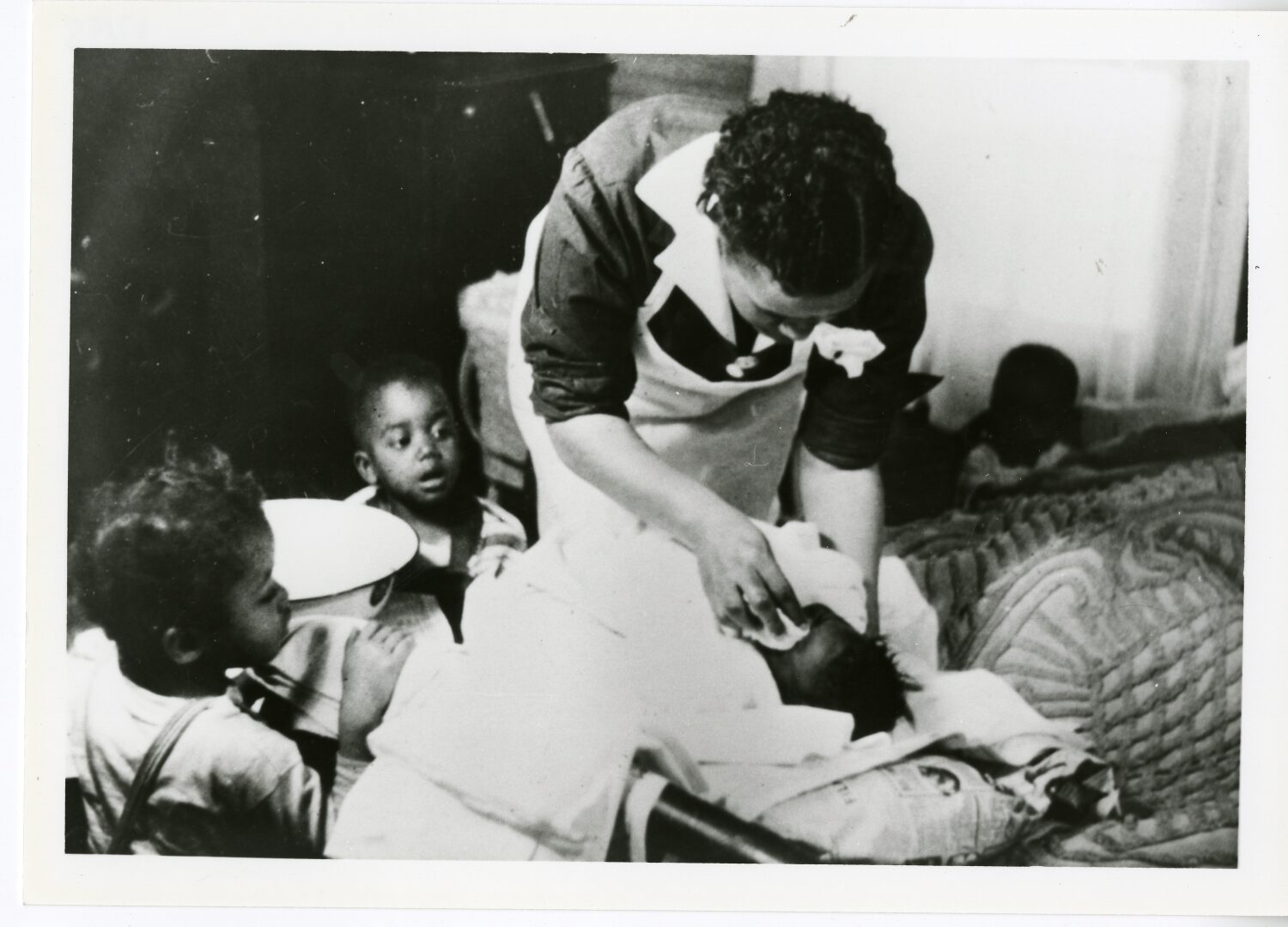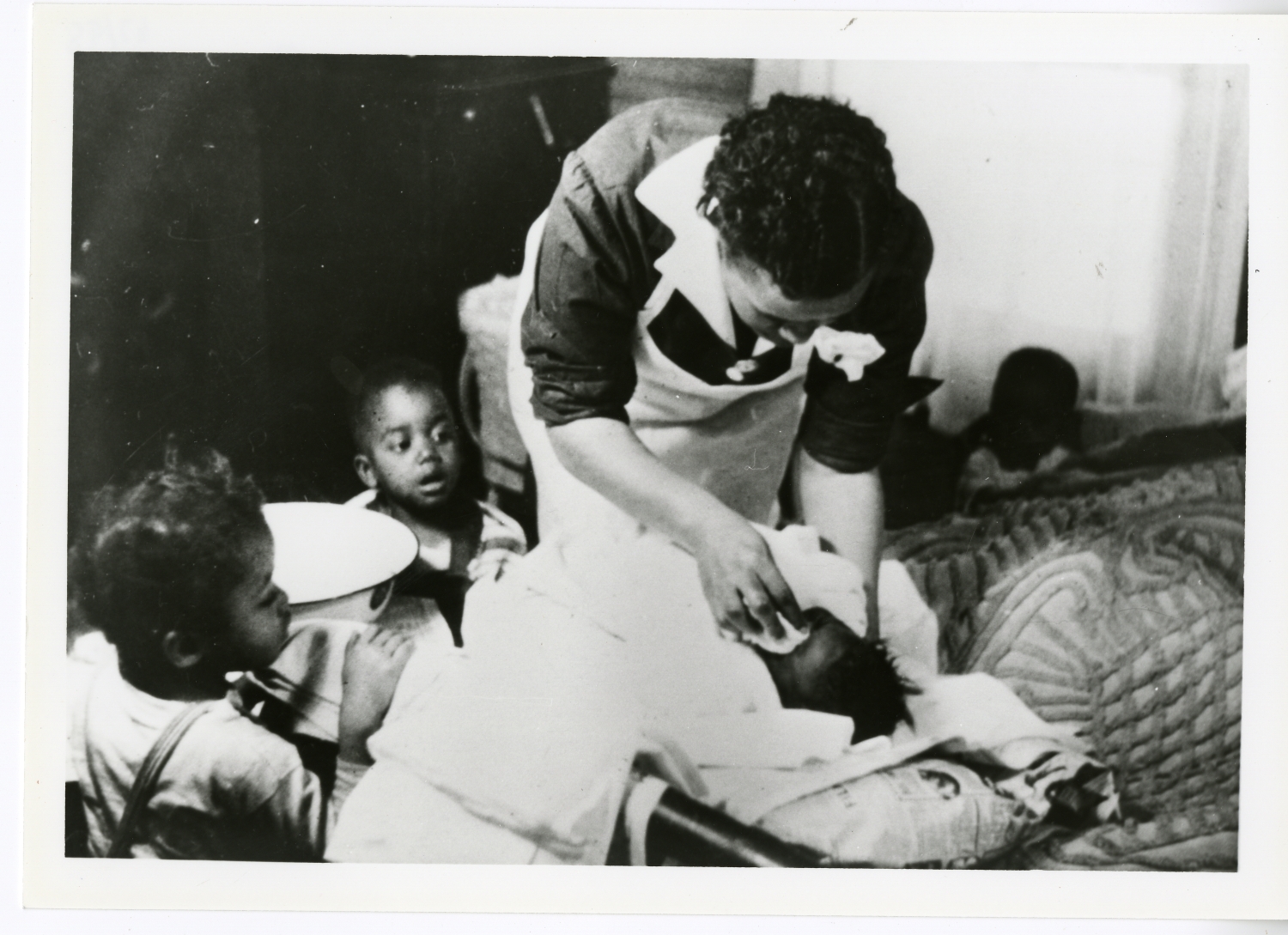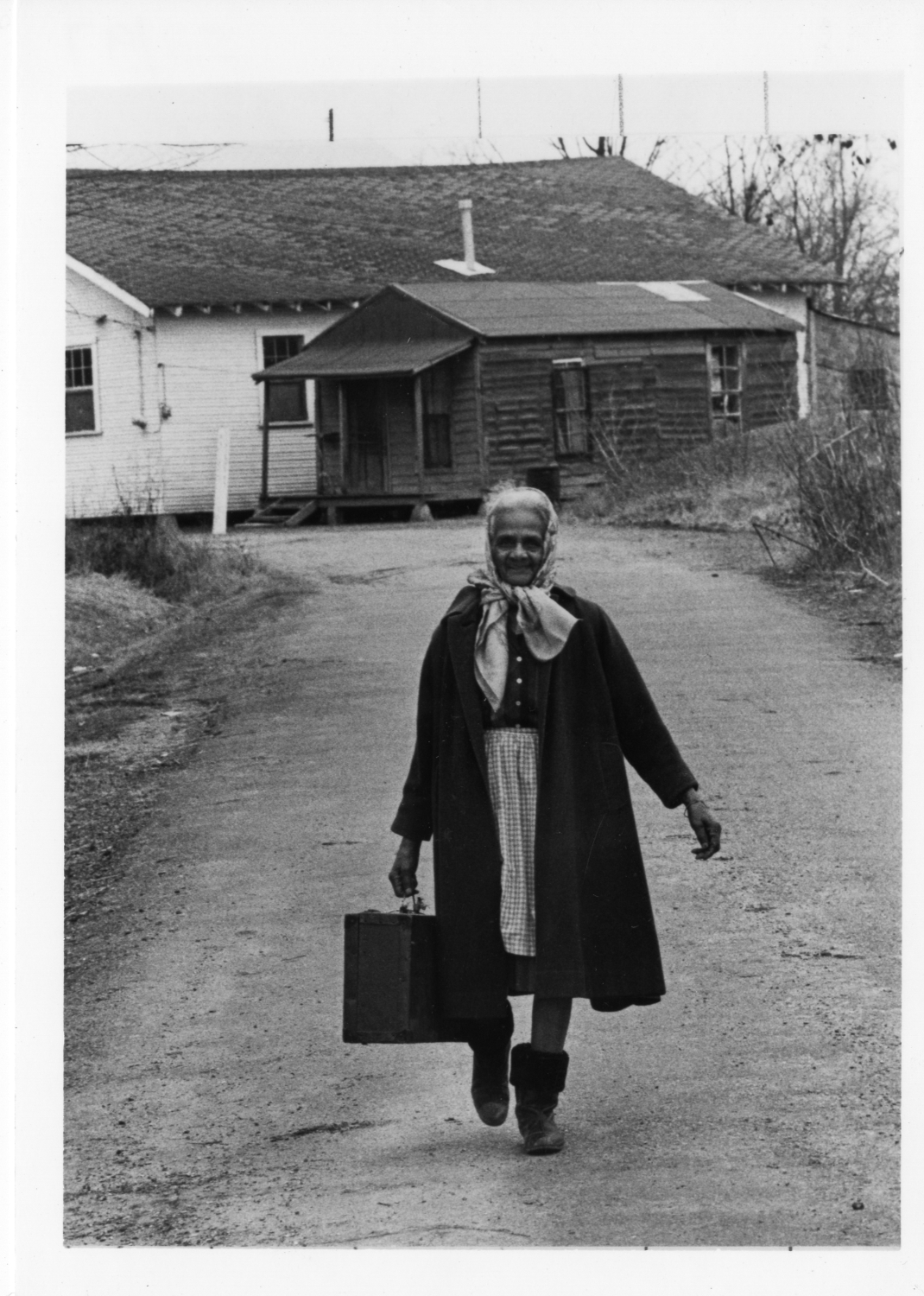Introduction
For centuries, pregnant people all over the world relied on midwives to assist them during labor. Midwives typically did not attend any specialized schools but learned their skills from other women who worked as midwives (this process of learning a profession is known as an apprenticeship). Nearly all women had babies at home and midwives were their most trusted aides. Not only did midwives support individuals during labor, but they also helped new mothers care for their newborns. Sometimes they even did household chores for several days after labor to give new mothers time to recover.
In the United States, these centuries-old practices began to change dramatically in the 19th century. Already at the beginning of the 20th century, doctors, who were almost always men, were replacing midwives, who were almost always women. At the same time, a new type of midwives known as nurse-midwives emerged. Those were women who received formal midwifery training, usually in specialized midwifery schools, and who quickly replaced the older type of midwives known now as traditional midwives. However, those changes did not affect all Americans in the same way. Not all communities had equal access to healthcare facilities and trained doctors and nurses. Furthermore, having a baby with the assistance of a doctor was more expensive than having a baby with the assistance of a midwife so poor women continued to rely on traditional midwives. It was also much more challenging to find a formally trained doctor or nurse-midwife in remote rural areas, particularly in the South.
In some African American communities, traditional midwives continued to serve a critical role of trusted healthcare providers all the way into the second half of the 20th century (1900s). Particularly working class and poor black women, especially in rural areas and in the South, had limited access to formally trained doctors and nurses. Under those circumstances, traditional midwives provided affordable and reliable healthcare. In this activity, you will examine three photos of African American midwives who offered critical healthcare services in their communities.
Activity Questions
Mamie Odessa Hale Garland helping new mother and baby
- Read about Mamie Odessa Hale Garland here: https://encyclopediaofarkansas.net/entries/mamie-odessa-hale-garland-1662/. Who was she? What important role did she play in Arkansas?
- Now examine the two photos. What is happening in Photo 1? Who are the individuals in the photo? What are they doing? Where are they?
- What is happening in Photo 2? Who are the individuals in the photo? What are they doing? Where are they?
- Note that Photo 2 was taken at “J.S. Phelix High School for African Americans.” Why was it a school specifically for African Americans? Why were there no white students in that high school?
- What do these two photos tell us about the experience of some black women in Arkansas in the mid-20th century? Think of all the women in the two photos. Consider the role of Garland, the new mother in Photo 1, and the young women in Photo 2. What challenges did they face? What opportunities did they have?
- Who is the individual in the photo? See the photo caption for more information. Describe the individual in the photo.
- What is the woman in the photo carrying? What do you think is in the suitcase?
- How would you describe the area, where the photo is taken? Is it a big city, small town, village, etc.?
- Check when the photo was taken and when McGuire started practicing midwifery (see the photo caption). How long had she been practicing midwifery by the time this photo was taken?
- Based on this photo, how do you think McGuire traveled from one place to another?
- Who do you think were McGuire’s patients? Where did they live?
- What does this photo tell us about the experience of at least some women in Arkansas in the early 1970s?
- What does this photo tell us about access to healthcare in Arkansas in the early 1970s?
- How does this photo connect to the two photos that you analyzed earlier? What can we learn about the past from the three photos? Whose story do all the three photos tell us? Note that this photo was taken around 20 years later than the two photos of Garland and her students. What changes do these three photos document? What stayed the same?
Primary Sources
To learn more about the primary sources featured in the activities above, click the following links:
Arkansas Social Studies Standards
Arkansas History, Grades 7 – 8
- Strand: History
- Content Standard 7: Students will examine the impact of historical events and people on the development of Arkansas
- H.7.AH.7-8.9 Examine social and cultural transformations in Arkansas
- H.7.AH.7-8.10 Research contributions made by Arkansans in the fields of art, medicine, politics, science, and technology in the 20th and 21st centuries
African American History, Grades 9 – 12
- Strand: Illusion of Equality 1950-1970
- Content Standard 6: Students will analyze the African American experience from 1950-1970.
- IE.6.AAH.2 Examine the various influences of African Americans on social change using primary and secondary sources from multiple perspectives
US History Since 1890, Grades 9 – 12
- Strand: Era 9: Post-war United States 1945 to Early 1970s
- Content Standard 6: Students will analyze social, economic, and political changes in the United States between 1945 and 1970
- Era9.6.USH.2 Analyze causes and effects of cultural changes on society in the United States
Downloadable Guides and Handouts
We encourage K-12 educators to use History Alive: Virtually! in a way that will best match their classroom needs. The “Exercise” handout includes a complete exercise as featured on this website, the “Primary Sources” handout includes only primary sources used in the exercise, and the “Questions” handout includes analytical questions from the exercise but is editable and can be easily changed to best match students’ needs.
Midwifery and Race – Exercises



